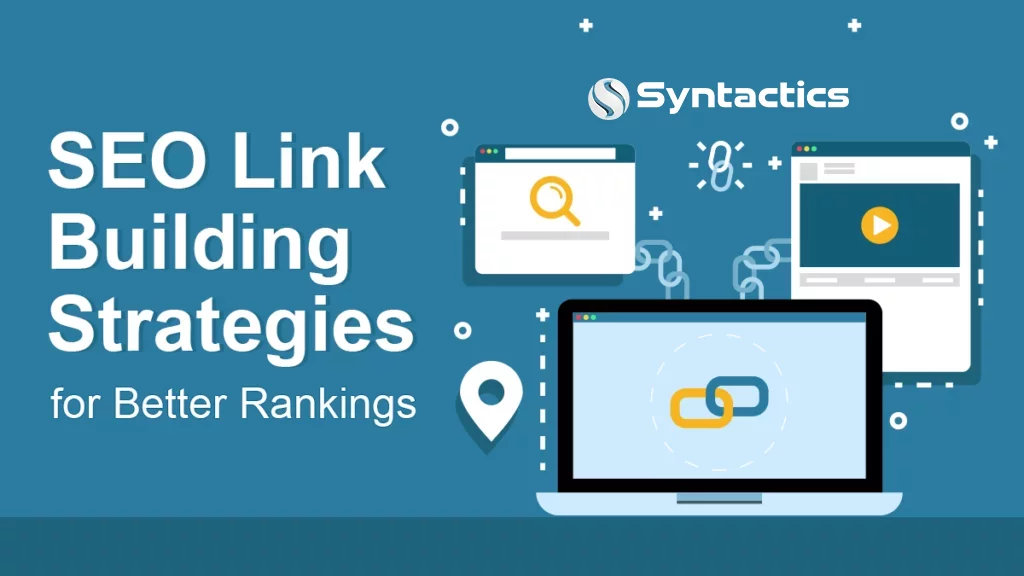
Expert Guide: How to Evaluate Digital Marketing Performance
Successful businesses invest in online campaigns to boost leads and sales. After applying all these digital marketing efforts, you need to do a performance evaluation to determine your overall efficiency and effectiveness. Similarly, tracking performance metrics ensures that all your marketing efforts align with goals and adapt to the latest trends.
Based on the latest Digital Marketing Statistics, 60% of marketing is digital, surpassing traditional methodologies (which have been declining in recent years). Thus, it’s essential to assess your online strategies in a dynamic environment. As a result, businesses can leverage data-driven insights to optimize their resources for business success.
Start Your Digital Marketing Campaigns Right
A well-planned digital marketing strategy can attract and convert potential customers across multiple channels like websites and social media. With proper evaluation, it ensures long-term sustainability and continued improvement.
Over the years, experienced digital marketing experts have already refined the best practices for campaign evaluations. These insights drive innovation, allowing businesses to develop stronger campaigns in the future.
The best example is a solid Search Engine Optimization (SEO) marketing plan that boosts search rankings and fosters consistent growth. By implementing a well-structured strategy, businesses can enhance their online presence, attract high-quality traffic, and maintain a competitive edge in the digital marketplace.
How to Evaluate Digital Marketing Performance
Understanding what strategies are working, optimizing campaigns, and maximizing Return On Investment (ROI) is crucial for assessing your digital marketing performance.
Here are six helpful steps to measure the success of your digital marketing campaigns:
Step 1. Identify and Set Business Objectives.
A goal-driven approach provides direction and ensures alignment with overall business strategies. It’s best that before launching a campaign, you should define clear business objectives.
With well-defined objectives, it streamlines your digital marketing performance evaluation and paves the way for measurable success.
Step 2. Set a Timeframe or Timeline.
With the right objectives in place, businesses can establish a realistic timeframe to achieve them. A structured timeframe, for example, enhances the evaluation process by providing milestones to track progress.
Consider scheduling regular (weekly or monthly) performance reviews to help maintain momentum and facilitate timely adjustments for continuous improvements.
Step 3. Identify Target Segments.
According to Forbes, 74% of consumers feel frustrated when a website’s content isn’t personalized. Hence, engaging with the right audience increases conversions and builds lasting relationships.
That’s why understanding your audience is also essential for crafting marketing campaigns. Once goals and timeframes are set, focus on defining your target market. Use the collected data from that traffic to refine and improve campaign efforts.
Step 4. Establish Key Performance Indicators (KPIs)
Identify the most relevant KPIs that align with your business objectives. These indicators provide a clear picture of campaign effectiveness and areas for optimization.
Key areas to monitor include the following:
- Traffic sources;
- Engagement rates, and
- Conversion rates.
Prioritizing user experience can also foster meaningful interactions and drive ROI.
Step 5. Create a Metric Map
Develop a metric map or template to systematically track and evaluate digital marketing performance. This powerful tool provides an extensive overview of the campaign activities and outcomes.
Setting specific targets aligned with KPIs ensures a structured approach to guide your efforts effectively.
Step 6. Use a Powerful Analytics Platform
Accurate performance analysis requires advanced analytics platforms like Google Analytics (GA4), Semrush, or HubSpot. These tools provide valuable insights across multiple digital channels.
In this way, it enables businesses like yours to optimize content strategies. Analytics, for instance, may reveal engagement trends on social media.
Step 7. Continuously Improve Based on Insights.
Evaluating digital marketing performance ensures continuous improvements and sustained success.
By analyzing what works, identifying growth opportunities, and making adjustments, businesses can optimize their marketing and achieve remarkable results.
Check out what digital marketing services you need to acquire now:
Map Out Your Digital Marketing Metrics
KPIs can be tracked with various tools across multiple channels, but user experience also matters.
To evaluate your marketing performance, track overall traffic and ROI — comparing investments to returns across your site and social accounts. While analyzing data, consider the people who make up your traffic.
Website KPIs
- Traffic by Source: Understand where your site visitors originate (e.g., search engines, ads, etc.)
- Mobile Traffic: Measure the number of mobile users accessing your site.
- Page Views: Track user engagement with your content.
- Most Visited Pages: Identify the most valuable areas of your website.
- New vs. Returning: Assess content relevance and audience retention.
- Sessions: Monitor site visits over time.
- Average Session Duration: Evaluate how long users stay on your site.
- Bounce Rate: Track the percentage of users leaving right after viewing only one webpage.
- Conversion Rate: Track successful actions like actual sales, subscriptions, or lead generation.
SEO KPIs
- Organic Traffic or Sessions: Measure visits or sessions from a search engine.
- Click-Through Rate (CTR): Assess content engagement levels.
- Keyword/Search Rankings: Monitor keyword performance and search visibility.
- Domain Authority (DA): Evaluate website credibility and ranking potential.
- Backlinks: Analyze external links or pages that boost the authority of your site.
Here’s how to do an effective link building strategy:
Social Media KPIs
- Social Reach: Measure how many people saw your content.
- Social Engagement: Track interactions made on any given post.
- Impressions: Assess brand visibility on social platforms.
- Click-Through Rate: Determine content relevance score and effectiveness.
- Cost Per Click (CPC): Optimize as spending based on performance.
Evaluate Your Digital Marketing Performance Effectively!
A solid strategy is your roadmap to success. Start with a clear evaluation plan to measure performance and refine and adjust campaigns. By effectively assessing all the campaign efforts, businesses can identify opportunities for growth and, ultimately, maximize ROI.
Maximize your potential and collaborate with a trusted digital marketing agency in the Philippines. We can optimize campaigns and achieve scalable results for your business.
This blog was updated on February 25, 2025.
FAQs About Digital Marketing
What is performance evaluation in digital marketing?
Performance evaluation involves measuring the effectiveness of campaigns using KPIs like traffic, conversions, and ROI. It helps assess whether goals are met, highlights areas for improvement, and guides optimization to enhance future marketing efforts. Contact a digital marketing services expert to further assist your needs.
What are common challenges in digital marketing evaluation?
Common challenges include accurately attributing conversions to specific channels, integrating data from various platforms, and keeping up with rapidly changing digital trends.
How do emerging technologies impact digital marketing performance measurement?
Emerging technologies (e.g., Artificial Intelligence and Machine Learning) enable more sophisticated data analysis, predictive analytics, and personalized marketing strategies. This enhances the accuracy and effectiveness of your performance measurement.





















Comment 0